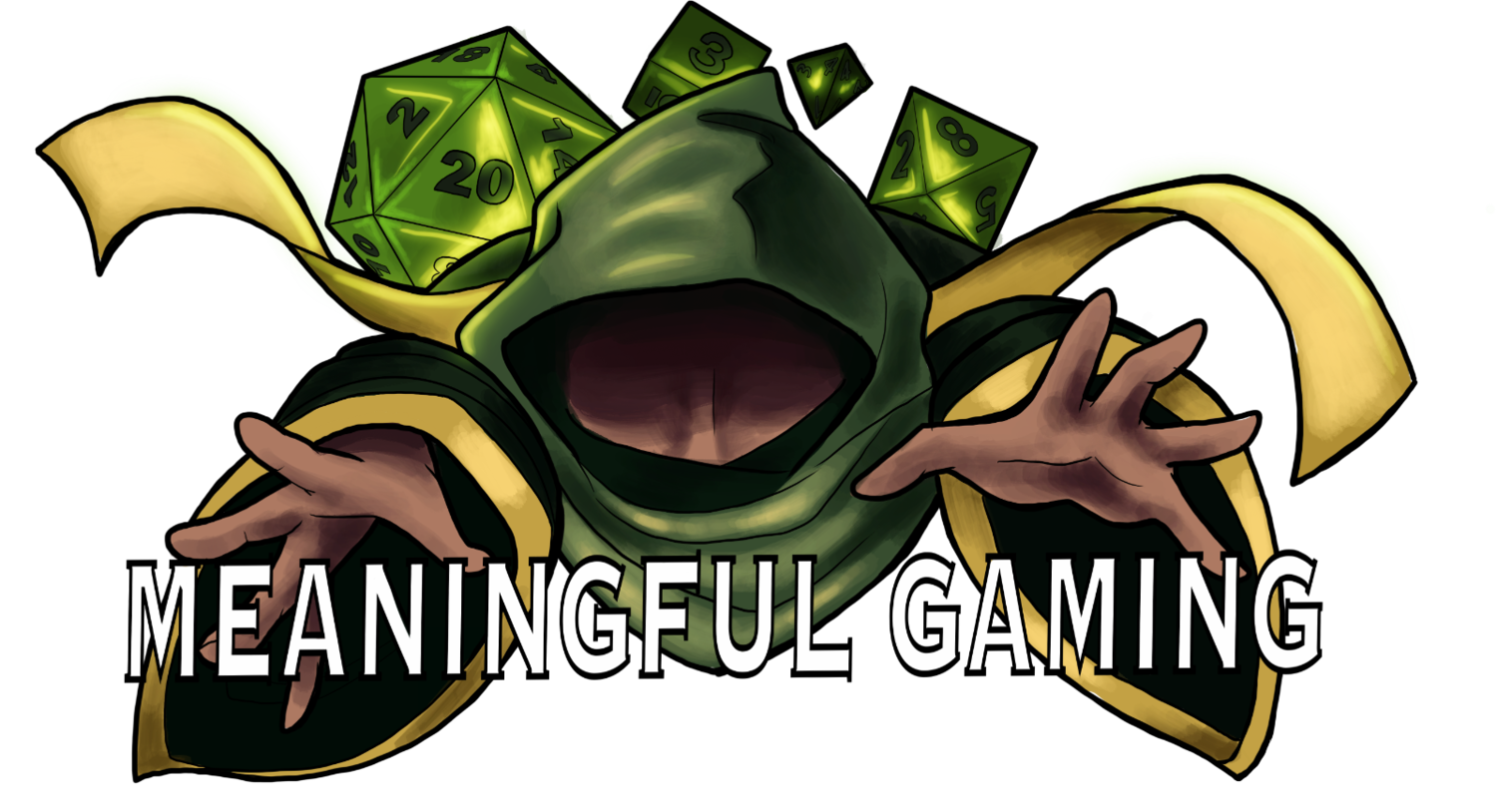The Curse of Estor Arkelander
Estor Arkelander
Of all the Dragonlords, the brothers Telamok and Estor Arkelander were the most ruthless and savage. Telamok, the elder, dreamed of being a great king. He offered his protection, and that of his dragon, to any who would swear allegiance to him. He promised a future in which the so-called civilized species had utter dominance over Thylea and the fey creatures.
Mortals of all races flocked to his banner. He built fortresses and walled cities to protect his followers from attack, the foundation of what would one day become the great kingdom of Mytros. The ranks of his armies, under the command of his younger brother Estor, swelled.
For Telamok, war was merely a tool, a way to build and secure the future of his people. Estor, however, cared little for the future. He had no desire to rule or govern, and his only joy was battle. Most, including his dragon, thought he was a brave hero, seeking glory. The truth was far worse, for war was the only way that Estor could satisfy his bloodlust and cruelty. His victories on the battlefield meant nothing beyond the chance of slaughter and carnage.
As Telamok’s kingdom grew, it expanded into gygan territory. Knowing the one-eyed, six-amed giants would not welcome outsiders, he commanded Estor to lead his army against them. In Telamok’s mind, his brother would break the gygan ranks and force the giants to bend the knee. Estor, however, had other plans.
Riding on his dragon, he led the charge that routed the gygans. The giants fought bravely, but were no match for the Dragonlord and his mount. Once they knew the battle was lost, they threw down their weapons in surrender. Estor refused to take prisoners, and refused to parley. To the horror of his noble dragon mount, he ordered his troops to massacre every single gygan warrior.
The gygan threat was gone, but Estor was not finished. He pushed his soldiers onwards to the towns where the gygans lived. Their warriors slain, the remainder were now defenseless. Estor’s dragon begged him to show mercy, but he was deaf to her pleas. His army massacred mothers and children, the old and the infirm. Only a handful of gygans escaped to warn the other fey folk of Estor’s atrocities.
The unbridled slaughter revealed Estor’s true nature and his dragon abandoned him. The consequences of his actions went much further. Seeing the slaughter, Lutheria finally recognized the threat the newcomers posed, and she released Sydon from his vow to not harm them. With his fury finally unleashed, Sydon gathered a great army of fey creatures and led them against the civilized races that had butchered the gygans. Sydon meant to drive the invaders into the sea.
The First War had begun.
The atrocities of Estor Arkelander drove his dragon to abandon him. But even without his mount, Estor continued his murderous campaign against the native creatures as the captain of the Ultros, a magical ship with a crew nearly as savage and bloodthirsty as Estor himself. The crew of the Ultros ravaged the islands of Thylea, leaving slaughter in their wake. Sydon threw everything against the vessel, trying to smash it with hundred-foot waves or drag it down to the bottom of the sea. The magic of the Ultros was so powerful even the God of Storms couldn’t sink it.
With Sydon’s failure, it fell to Lutheria to find a way to end Estor’s reign of terror. She approached the barbaric Captain in a dream: if Estor swore to end his massacres against her children, she would give him and his crew eternal life by ritual magic. Estor was naturally wary of a trap, particularly when approached by a naked goddess in his dreams, but he knew that he was safe on the Ultros. Even the Goddess of Death could not harm him. Seduced by the Goddess, he woke from his dream and slit the throats of his officers as a blood sacrifice to begin her immortality ritual.
Lutheria came to him on a cold wind, swooping in from void of a moonless night to land on the deck of the Ultros. The Captain, as Estor now styled himself, was enchanted by her cold, cruel beauty and lay with the Goddess to consummate the arrangement. The two were surrounded by the leering corpses of his butchered men.
As the first rays of sun climbed over the horizon, Lutheria vanished. The officers that Estor had murdered rose to their feet. Though all knew how Estor had betrayed them, Lutheria’s ritual bound them to his will. When they saluted their Captain, Estor let out a great, roaring laugh. He knew he had been blessed by Lutheria and would never die.
The blessing of the Goddess of Death soon revealed its nature as a curse. Estor and his crew could not die, but they still felt pain: wounds would not kill them, but neither would they heal. Instead, they festered and rotted. Age could not touch them, but they felt the ravages of disease and illness. Lutheria was true to her word: as the years turned to decades and then centuries, they did not die. They endured as twisted and disfigured creatures, trapped in a world between life and death as they were slowly driven mad.
After centuries of torment, Estor and his crew tried to break Lutheria’s curse with a second ritual. They sought the release of death, but the Mistress of Death would not grant them peace. Their bodies decomposed and fell away, but their spirits were bound to the Ultros, now a ship manned by ghosts and doomed to forever sail the seas of Thylea.

